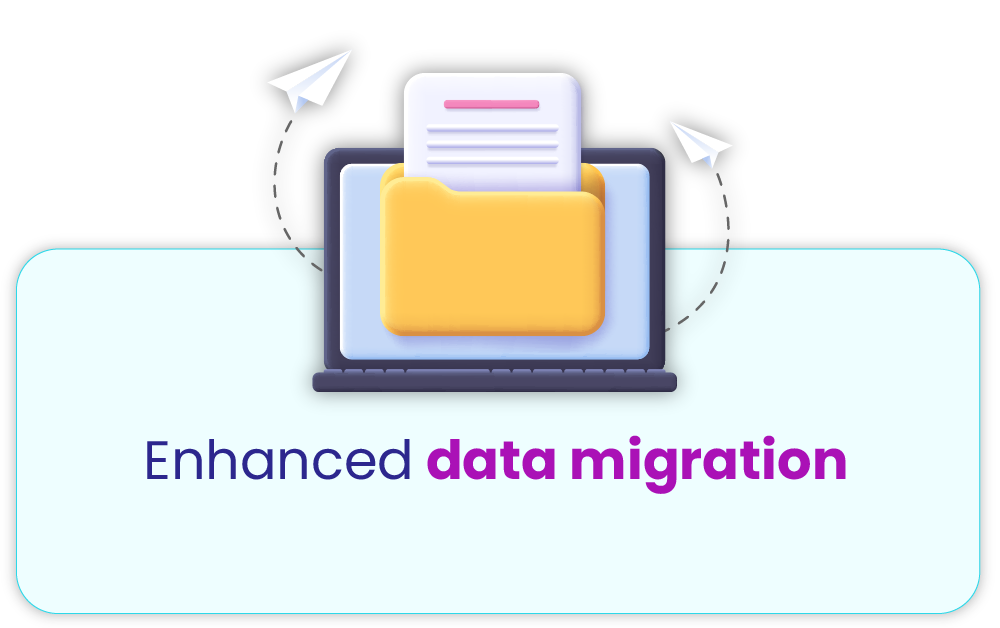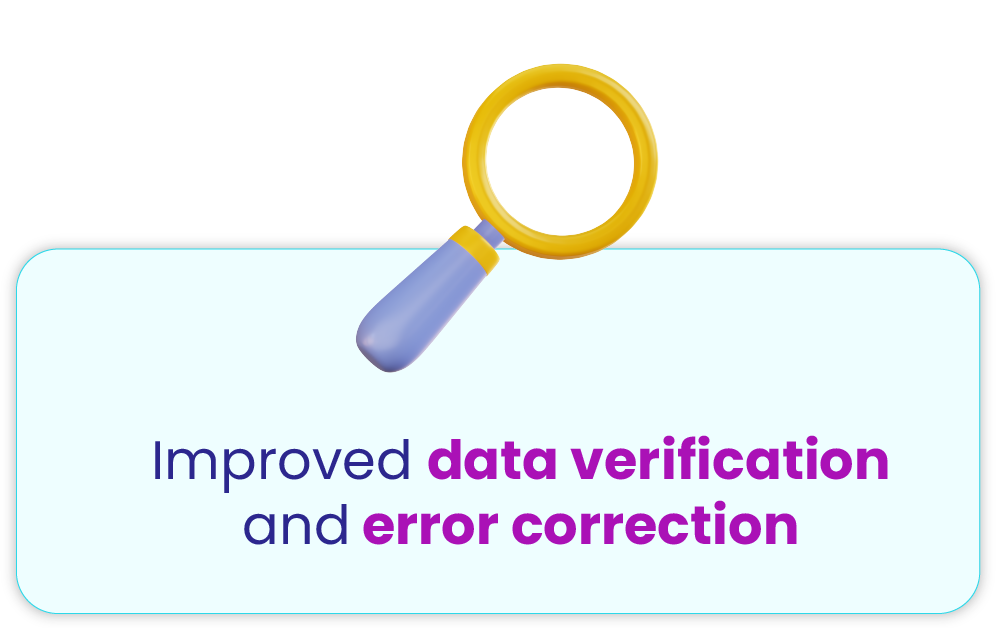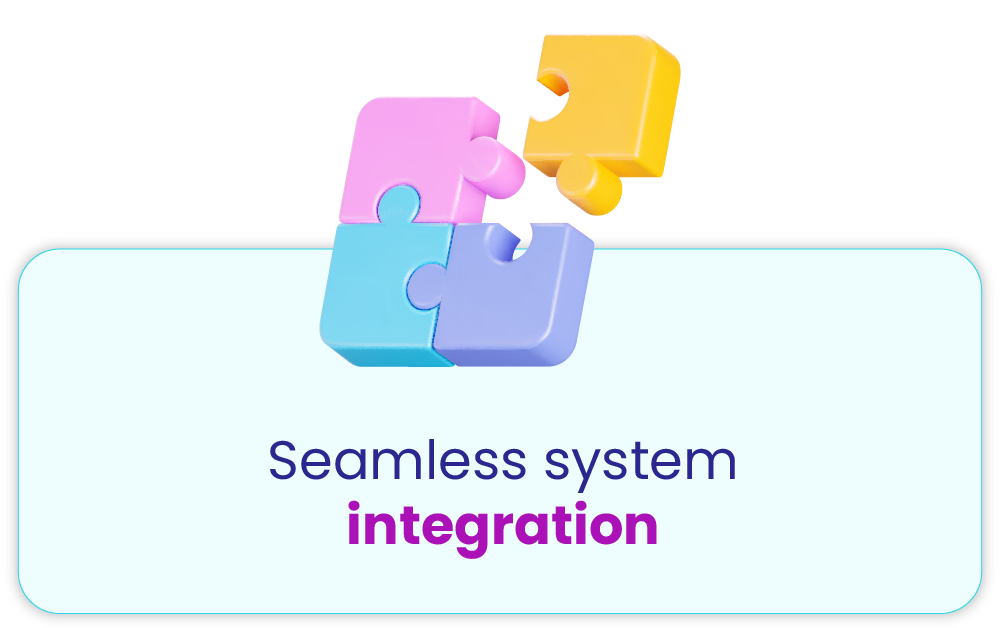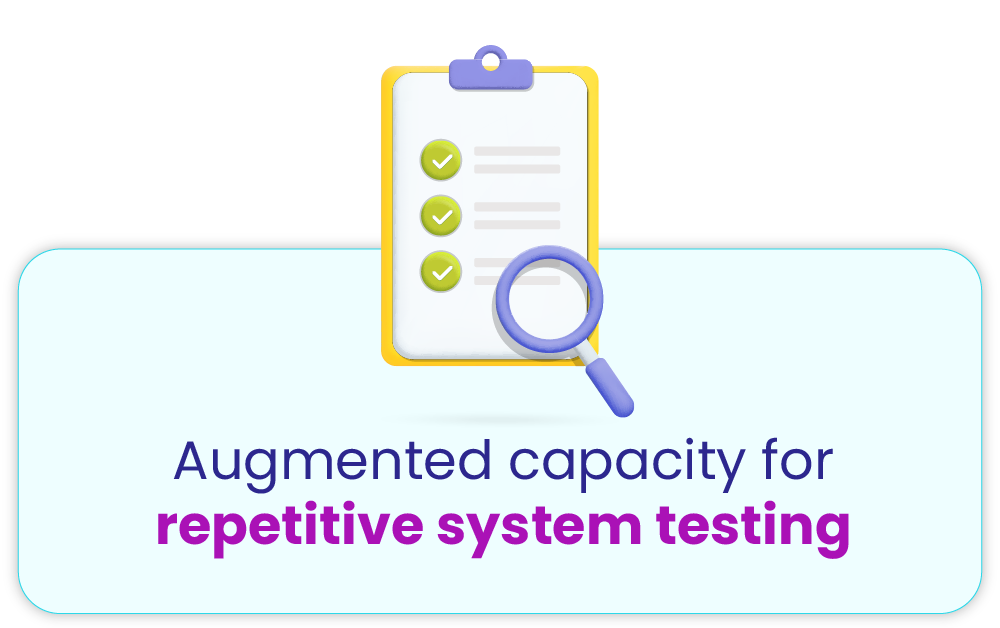



Key Benefits of Intelligent Automation:

Streamlines EPR Implementation
Enhanced System Performance
Better Interoperability

Improved Data Integrity and Security
Increased Efficiency in Healthcare Delivery

Robert Dodd – DCS Programme Manager Mid Cheshire NHS D Foundation Trust and East Cheshire NHS Trust
“After witnessing the effectiveness of Intelligent Automation in action within other NHS organisations, it became evident that leveraging this digital technology would be instrumental in supporting our Electronic Patient Record (EPR) implementation. Establishing a baseline configuration for the EPR is an intensive and time consuming task. RPA is proving to be a valuable asset to the team uploading baseline data into critical system dictionaries that would otherwise have to be done by admin staff. In < 6 months we have saved over 2 years of admin effort, improved the timely delivery of configuration tasks and are now looking ahead to automations that will benefit the Trust post cutover.”
Revolutionising Healthcare: The Role of Intelligent Automation in EPR Implementations
For NHS organisations, EPR implementation and integration presents a myriad of difficulties, including data migration and interoperability challenges. Without rigorous planning and oversight, EPR implementations can create administrative disorder and lead to disruptions in patient care. Intelligent Automation can play a pivotal role in addressing these challenges before, during, and after EPR implementation.
Pre-Implementation
Prior to rolling out an EPR system, Intelligent Automation tools can help organisations prepare for data migration by cleansing and standardising data in legacy systems.
During Implementation
Intelligent Automation ensures the accurate and timely extraction, transformation, and uploading of patient related data from legacy systems into the new EPR. By complementing conventional data migration techniques, it expands the breadth of data migration while concurrently alleviating the burden on staff to manually input data. The automation of these migration tasks not only streamlines the process but also significantly mitigates the potential risks associated with human error, ensuring the integrity and accuracy of the transferred data.
Post Implementation
Intelligent Automation can bridge the gap between the new EPR and other disparate systems by automating synchronisation, reconciliation, and verification processes. This enables seamless interoperability, streamlined workflows, and enhanced data accuracy. Furthermore, automation can be used to generate reports and conduct audits to ensure regulatory compliance.

Kerry Morgan – Client Success Director, e18 Innovation
“We have first-hand experience of the pivotal role Intelligent Automation can play in supporting Trusts that are either going through an EPR implementation, or have already integrated an EPR into BAU. e18 offers robust automation solutions that support NHS organisations through each stage of their EPR journey.”
Use Cases





